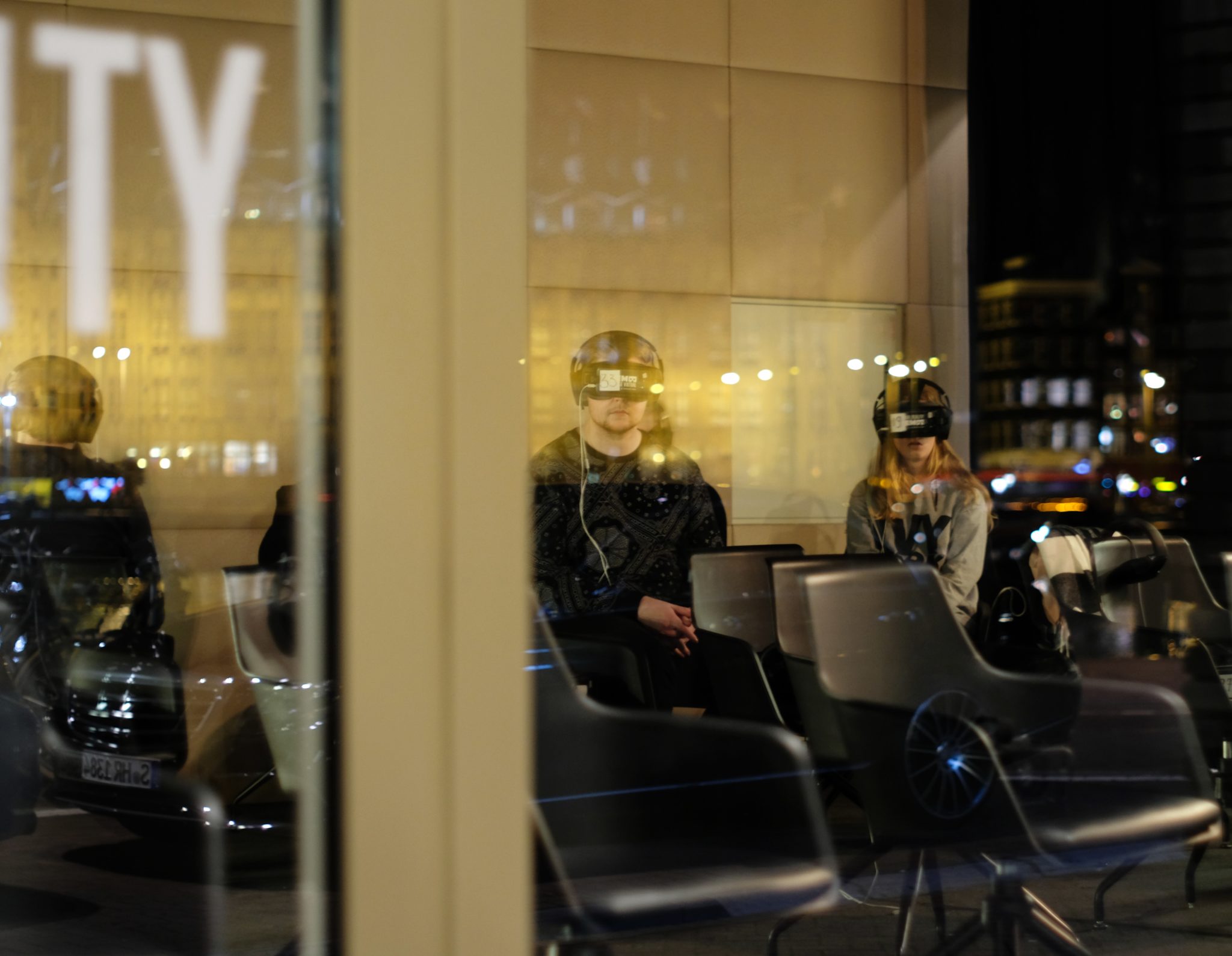Course Spotlight: Academy of Art Stays Ahead of the VR Curve
Academy of Art University has been on the virtual reality front lines since 2016, when the Schools of Communications & Media Technologies and Motion Pictures & Television hosted its first-ever VR Summit. In the years since, the scope of VR technology has expanded beyond entertainment and expanded into other industries.
Once again, the Academy has positioned itself at the forefront of VR by incorporating its capabilities into other programs, most recently at the School of Industrial Design.
Where VR Meets Design
The initial phases of VR pegged it as a consumer entertainment product, almost to a point where it is being overshadowed by its augmented reality counterpart. But Antonio Borja, director of the School of Industrial Design (IND), caught on to the ways artists and creative professionals use VR sketching as a pivotal tool to design cars, furniture, and other products.
“I know at first this thing seems like a gimmick but it’s not. Because it allows you [to] think and experience your design in 3-D, true 3-D” Borja said.
It’s not like sketching on paper where you see a two-dimensional representation of your 3-D object. Here, you actually get to walk around it.
-Antonio Borja
Borja credits virtual reality technology with helping designers execute evaluations in a shorter timeframe and find potential flaws or issues with their designs earlier in the process. This helps streamline entire projects and allows more time for making any necessary adjustments before completion, resulting in higher quality designs overall.
Sketching in Virtual Reality
The School of Industrial Design’s Digital Imaging 2 course (IND 363) prepares students for the future of automotive and product design using VR sketching tools. Compared to traditional methods like 2-D sketching or clay modeling, VR technology allows Industrial Design students to examine a virtual draft of their concept from a wide range of perspectives.
One student, Max Benon, paired VR sketching software Gravity Sketch with an Oculus headset and controls to work on his design for an Alfa Romeo convertible.
Using basic tools and triggers to create various stroke types, surfaces, textures, and shapes, Benon etched a hardtop onto his initial car design. Thanks to video games, Benon was able to pick up the controls rather quickly, but as with most folks new to VR, the orientation shift took a little getting used to.
“You’re more concerned with finding essence and volume and theme of design rather than worrying about technique or line weight or clean drawing,” said Benon.
Borja and Benon both emphasize that VR sketching is for rough drafts, it isn’t for finalizing a design; it’s more so to figure out if the general form works in the first place, then all the refining details can come later.
You use it as a quick step to kind of fast forward your design process, combining the ideation and development all within one sketch.
– Max Benon
Bringing VR to the Students
As digital technology continues to advance, the School of Industrial Design, just like Academy of Art University as a whole, wants its students to advance right alongside it.
“I don’t want students to be shell-shocked when [VR sketching] becomes bigger,” Borja said. “I want them to already be creating for it.”
With a program as solid and refined as the Academy’s, there’s little doubt in mind that their students are going to be ready for it.
Article by Nina Tabios in Art U News


